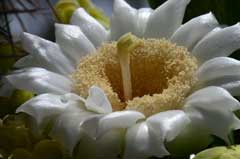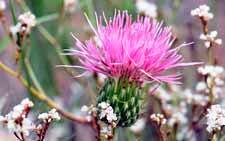Physalis acutifolia, Sharpleaf Groundcherry
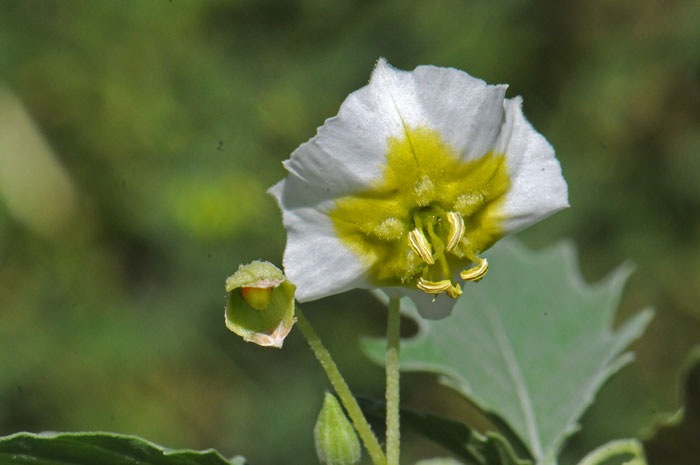
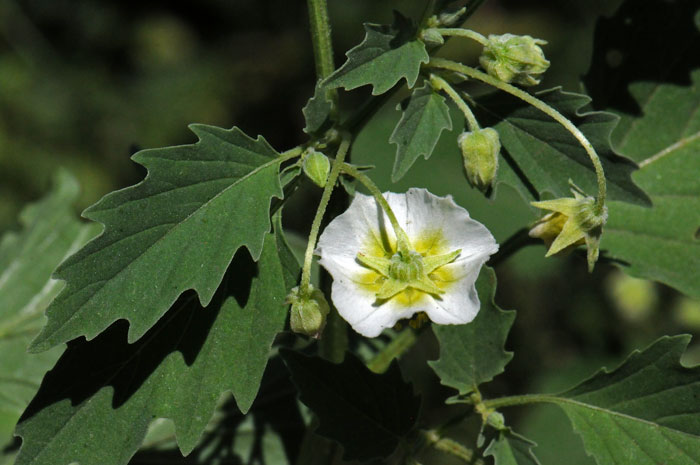
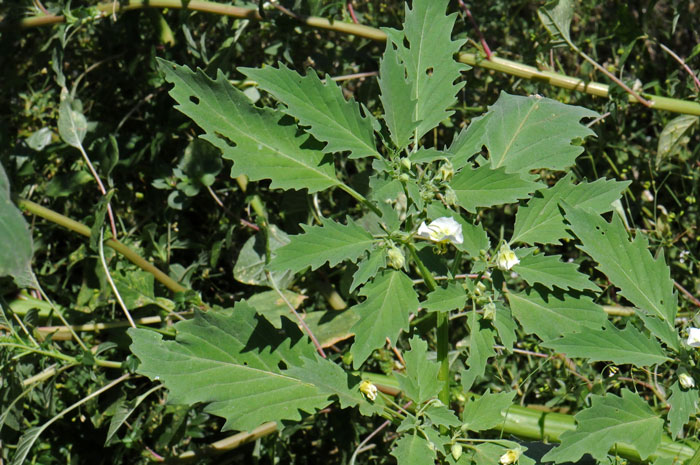
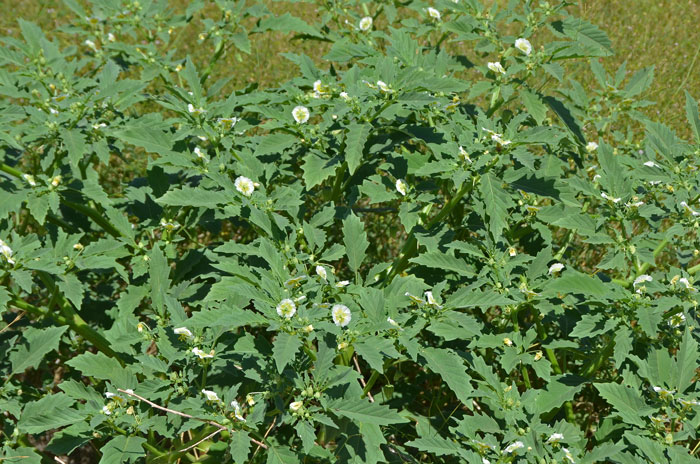
Scientific Name: Physalis acutifolia
Common Name: Sharpleaf Groundcherry
Also Called: Ground Cherry, Wright Groundcherry (Spanish: Tomatillo)
Family: Solanaceae, Nightshade or Potato Family
Synonyms: (Physalis wrightii)
Status: Native
Duration: Annual
Size: Up to 3 feet more or less.
Growth Form: Forb/herb; herbage somewhat glaucous; plants branched.
Leaves: Green; leaves large, up to 4 or 5 inches; deeply dentate to almost laciniate; leaves lanceolate to ovate.
Flower Color: Yellow, pale yellow with dark yellow center; flowers solitary; corolla about 1 inch across; corolla rotate; fruit a berry.
Flowering Season: June to September; July to October in California.
Elevation: 100 to 4,000 feet; up to 600 feet in California.
Habitat Preferences: Fields, along ditches, waste areas and roadsides.
Recorded Range: Physalis acutifolia is found in the southwestern part of the United States and in LA, MO, NC. It is also native to most of Baja California and northwest Mexico. In Arizona it is found in the southern ½ of the state and in Navajo and Yavapai counties.
North America & US County Distribution Map for Physalis acutifolia.
U.S. Weed Information: No information available.
Invasive/Noxious Weed Information: No information available.
Wetland Indicator: No information available.
Threatened/Endangered Information: No information available.
In the Southwestern United States, Arizona, California and New Mexico each have 12 species of Physalis, Nevada has 4 species, Texas has 18 species and Utah has 7 species. All data is approximate and subject to taxonomic changes.
Comments: Physalis acutifolia is a common weed in and around farming areas in southern Arizona.
In Southwest Desert Flora please also see; Yellow Nightshade Groundcherry, Physalis crassifolia, Ivyleaf Groundcherry, Physalis hederifolia and Husk Tomato, Physalis pubescens.
Physalis acutifolia has been used for food by southwestern American indigenous peoples.
Pima, Gila River Food, Baby Food, Fruits eaten raw primarily by children.
Pima, Gila River Food, Snack Food, Fruit eaten primarily by children as a snack food.
See ethno-botanical uses at Native American Ethnobotany, University of Michigan, Dearborn.
